I Still Can't Believe It's Scary Season Already: Week 2 Movie Recommendations
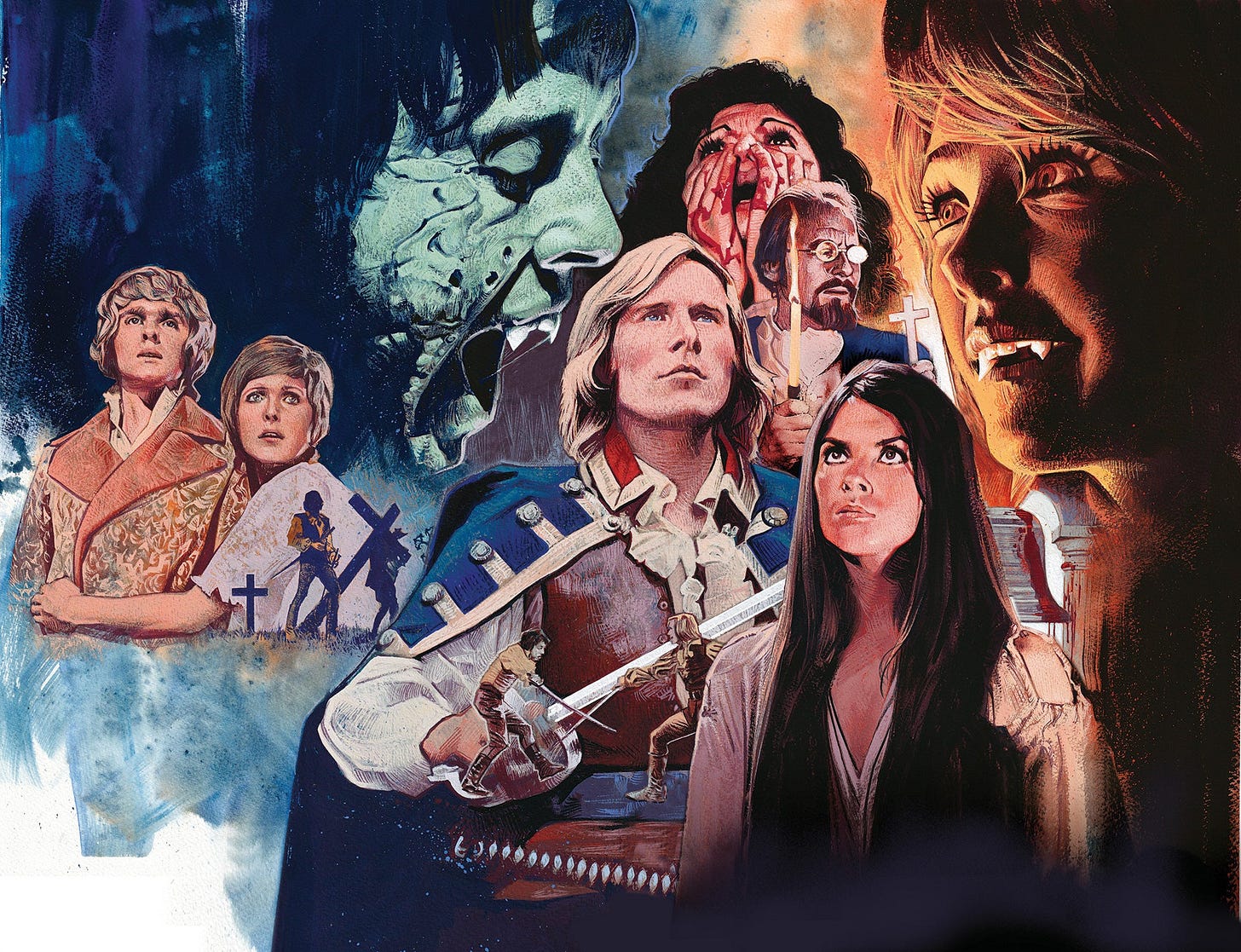
I am still shocked, shocked I tell you, that Scary Season is already upon us. In past years, I limited my Scary Movie Marathon to the month of October, even as I began watching Christmas Movies of the theatrical and Hallmark kind as early as November 1st. That all changed when I saw Joe Russo already logging his Scary Season viewing experiences. Given that Russo is a horror film producer and director, I initially took what I perceived as his expansion of the Scary Season with a grain of salt, so I asked Substack friends like Rebekah King of Dr King's Curiosities if September 1st was the appropriate date and my previously overly limiting criteria was abandoned.
In all fairness, if I can watch Christmas Movies during Christmas in July as well as in the Cozy Fireplace Season, then scary movies deserve their fair share of discussion. Regular readers know that I also celebrate Lycanthrope Season every January, so horror gets it’s off season time with me too, but I was wrong to have such a narrow window for horror films and so I launched a list of Scary Movie recommendations last week.
I’m glad I did too because the article shifted my Substack Notes feed enough that I was able to encounter some very engaging new Substack Newsletters like Final Girl Friday (I’ll be responding to the FilmStack challenge she posted yesterday soon) and Faintest of Hearts who has decided to jump in with both feet into the horror pool. She’s watching Texas Chainsaw Massacre and Last House on the Left on the same day. That’s total commitment.
I’ve really enjoyed reading these newsletters and can’t wait to read more, but without further ado, here are my movies for week two.
Captain Kronos Vampire Hunter (1972)
As evidenced by last week’s list of seven films, I’m a big fan of the British horror movies of the 1950s through 1970s. I cut my teeth on films like the Quatermass Xperiment and the Cushing and Lee revitalizations of Universal’s Classic Monsters. The saturated colors, sensuality, and passion on display in these films made horror feel as vibrant as the Greek and Norse Mythology I was reading at the time. There was depth of world building and more importantly, though I didn’t notice it at the time, engagement with the underlying fears experienced by society at large.
Captain Kronos was directed by Brian Clemens and was released in 1974. Clemens has written a couple of films I greatly enjoy (The Golden Voyage of Sinbad and The Watcher in the Woods) and is credited with the story on one film that doesn’t exist (Highlander II: The Quickening) and with Captain Kronos he shows that when he’s in control of story and direction, the results are extremely entertaining.
Horst Janson stars as the eponymous Kronos who is summoned by his former brother-in-arms Dr. Marcus to investigate a series of deaths involving young women who have died of rapid aging. Kronos determines that these deaths are the work of a vampire, but not the blood drinking vampire we are used to seeing in films. This vampire feeds on youth directly.
The girls you spoke of - they were not drained of blood but of youth, of life itself. You see, doctor, there are as many species of vampire as there are beasts of prey. Their methods and their motive for attack can vary in a hundred different ways. — Professor Hieronymous Grost (Kronos’ Companion)
While the film was not well received critically, and it was one of Hammer’s last films before it’s revival, the film is rich with inventive vampire lore and has a compelling story. Hammer films at the time were venturing from the sexy and serious into the sexy and camp with films like Dr. Jekyll and Sister Hyde (1971) and Dracula A.D. 1972, so the more sincere, but still sexy as it starred Caroline Munro as the romantic foil, Captain Kronos was a bit discordant with the productions at the time. I like the camp era of Hammer, but it was definitely an era when Hammer was following rather than setting trends. Classic Gothic horror was, for a time, on the way out of the zeitgeist and tended to be relegated to camp. It’s a cycle that happened before. After all, Frankenstein met Abbott and Costello as Universal’s horror dominance waned. For all that it came out at the wrong time, Captain Kronos is an entertaining and engaging vampire film that deserved as many sequels as there are kinds of vampire.
The Watchers (2024)
The Watchers, starring Dakota Fanning, is a difficult movie to talk about without revealing the main conceit. It’s not that the conceit is a twist, but I’m of the opinion that going into the film without knowing anything about the mysterious creatures at the source of the horror in this film is central to the experience. The film was written and directed by Ishana Night Schyamalan and it demonstrates that she learned a lot about how to create tension and drama watching her father’s films.
The basic premise of the film is that a young woman finds herself stranded in a massive forest in Western Ireland and manages to find a strange shelter to protect her from the elements. Once in the shelter, she discovers that she and the people who were already there are trapped in that shelter and are required to stand and be watched by creatures outside the shelter every night. Without revealing too much, I will say that the horror of the film is rooted in folklore in a way that reminds audiences of why so many of our ancestors were afraid to walk the woods at night.
The Devils (1971)
When I was a kid, I loved watching the various film adaptations of The Three Musketeers. In my mind the G.O.A.T. is the Richard Lester version starring Oliver Reed, Michael York, Richard Chamberlain, and Frank Finlay as the Musketeers and Charlton Heston as Cardinal Richelieu. At the time I had no idea how horrifyingly brutal the Thirty Years War was or even an inkling of the terrible events of St. Bartholomew’s Day in the century prior. All I knew was that there was swashing of buckles going on and that was enough for me as a kid.
When I got older, I came to appreciate the events that surrounded the film and it added greater context to the political tensions underpinning all the adaptations I’d seen. I still have a soft spot for the Gene Kelly version, with Vincent Price as the Cardinal, but now I see where it fails on numerous levels to show with any veracity the sinister political machinations of His Excellency. Vincent Price is perfect casting for the role, but the film is far too bright in tone and technicolor to capture the cruelty of the period.
I also didn’t know how ironic it was for Richard Lester to cast Charlton Heston as the Cardinal in a version starring Oliver Reed. You see, when Oliver Reed was interviewed about the controversies surrounding the excesses of the Ken Russell film The Devils, he responded, “We never set out to make a pretty Christian film. Charlton Heston has made enough of those.” As with the Three Musketeers stories, one of the chief antagonists of The Devils is Cardinal Richelieu, and though this Richelieu remains primarily in the background he is crueler and more ambitious than most interpretations of the character.
Ken Russell’s film The Devils is a dramatized account of the accusation, trial, and execution of Father Urbain Grandier for the crime of witchcraft. This particular account is based on Aldous Huxley’s non-fiction work The Devils of Loudun. Historically Urbain Grandier (Oliver Reed) is accused of witchcraft and sexual depravity by Sister Jeanne des Agnes (Vanessa Redgrave). This accusation spreads and transforms into a mass hysteria in the convent. Events unfold and there is a trial after which Grandier is executed. The inciting incident that leads Sister Jeanne to accuse Grandier of wrongdoing is when he secretly marries Madeleine (Gemma Jones), a woman he falls in love with after giving her mother the last rites. Jeanne had been fantasizing about him and this triggers her envy, envy that gets used by those who want to destroy Grandier. With the exception of the secret marriage, these are all documented historical events and thus are not spoilers.
The Devils is an interesting, important, and disturbing film. It is disturbing on two levels. The first is in the way it depicts acts of sexual and violent depravity in the film. Even though the film as it exists in modern edits isn’t tremendously graphic, these moments can be very difficult to watch. Russell understands that believing is seeing and there are moments when you can imagine exactly what is happening as your mind fills in the gruesome gaps. When you read about the actual events surrounding the Grandier trial, and the 30 Years War in general, you realize that Russell is not trying to be exploitative in a Grand Guignol fashion. Instead, he is trying to get you to see how horrifying a totalitarian state can be.
Because the state in this case is the Kingdom of France during a period when the government and the local Catholic Church were heavily intertwined and dominated by Cardinal Richelieu’s influence, many might think that this is an anti-religious or anti-Catholic film. While Russell has said that The Devils was the “last nail in the coffin of [his] Catholic faith,” his treatment of Grandier as the film progresses is more a critique of French Political Catholicism as political institution than religion itself. Grandier’s faith and piety grow as the film progresses. When it comes to the 30 Years War, one must keep in mind that France was fighting not only Huguenot, but Spanish Catholics as well. The English would soon be fighting their Civil War, where Puritans would fight against a Protestant (though Catholic sympathizing) king. When I teach about the Colonial Period of America in my introductory classes, I remind my students of what was happening in Europe to explain how unique our vision of religious liberty was at the time.
Russell has stated that this film is about state power and the main argument of the film is that tyranny could happen under any regime and that it is even worse when the tyranny is supported by institutions who should resist them. Grandier’s opening speech is about how religious toleration and his priestly guidance has saved the city from the ravages of war. This point is made even more explicit in Grandier’s final moments at the stake and in the last shot of the film where the Grandier’s wife Madeleine leaves the now destroyed town of Loudun. In some ways the film is a more brutal and sexual version of The Crucible because it seeks to convey a similar message about the state, power, and manipulation.
The second way it is disturbing is in the odd visual and audio contradictions within the film that destabilize the viewer and push them out of their comfort zone. In this case, I don’t mean the late-Sixties/early-Seventies exploitation material. I mean the way that Ken Russell is simultaneously pushing brutality and camp in a discordant mix that makes the unseen brutality all the more horrific. In this manner Ken Russell’s direction is an intersection of three filmic movements. With The Devils, he combines the sexploitation camp of films like Hammer’s Dr. Jekyll and Sister Hyde, and a host of other late-Sixties and early-Seventies films capitalizing on the sexual revolution for film revenue, with the rawness of a Sam Peckinpah film, and a focus on using score and sound to manipulate the audience similar to Hitchcock in Psycho.
A key example of Russell’s use of sound is in an early scene featuring Grandier. He has previously praised his town for resisting the secular conflict that has ravaged most of Europe and in this moment he is leading a funeral procession for plague victims. During the procession a version of the Dies Irae plays, the same one that is echoed in Camille Saint-Saëns Danse Macabre. Both songs feature a musical interval called the “tritone",” which is a dissonant and disturbing musical tone often called the Devil’s Interval. Russell, whose films include The Music Lovers, Mahler, and Lisztomania knew his music and he uses it here to make you feel uncomfortable. You don’t see much violence, but your eardrums feel it.
It is a film that pushed boundaries in a variety of ways and as a result received an X rating and was banned in some countries. For a long time it was difficult to find a copy to watch. Though controversial and difficult to find, it has been a very influential film. As I watched the movie, I was reminded of scenes from later films. I cannot imagine that the director of the Timothy Hutton film Taps, wasn’t thinking of the scene, in the trailer below, where Grandier’s crossbowmen confront some of the Cardinal’s guard.
It’s interesting to me that Russell’s “depravity camp” seems to be a part of an honored tradition among English directors when depicting the crimes of France, regardless of whether it is Richelieu’s Catholic or Napoleon’s Imperial France. Where Russell’s film opens with a scene where the King of France enacts the Birth of Venus with himself as Venus in what is essentially a burlesque, Ridley Scott’s film Napoleon focuses more on Napoleon’s sexual relations with Josephine while ignoring any political savvy the real Napoleon had. Similarly, Almost all of Russell’s villains have external physical, or behavioral, manifestations of their evil. Richelieu is wheeled around and Vanessa Redgrave’s Jeanne has a hunched back. Meanwhile, Oliver Reed is a charismatic sexual dynamo who may be morally gray in breaking rules on chastity, but is morally forthright when it comes to valuing peace. When one compares this imagery with that of the French film La Reine Margot, which covers the horrific St. Bartholomew’s Day Massacre, it’s easy to see the contrast. Neither flinches away from the horrors of the day, but only Russell’s engages in depravity camp.
I don’t often issue caveats when recommending films, but I cannot recommend Ken Russell’s The Devils to everyone. It is a film that will offend many people. Not everyone will agree with me that the film isn’t as heretical as critics of an earlier era found it to be. For me it’s a film that begins as exploitative camp, but when it hits Grandier’s trial and Oliver Reed takes over the film it transforms into something powerful and horrifying. The Criterion Channel is currently showing the unrated version that Shudder has shown in the past as a part of their Nunsploitation collection. If you are up for it, it’s a disturbing way to spend a day. All the more disturbing because as camp and over the top as this film is at times, it is nowhere near as brutal as the reality.
Q: The Winged Serpent
Okay, that was a big wall of text about a highly controversial film and was almost more like the beginnings of an academic article on a movie than framing remarks for why it should be on your Scary Season movie marathon list. I am sorry about that, so my next choice is one that needs very little context to include as a recommendation. This Larry Cohen B-Movie, and you knew there would have to be at least one Larry Cohen film in my seasonal marathon, is a high concept mashup of a heist movie and a giant monster film.
The movie features an interesting interpretation of the Aztec god Quetzalcoatl (Q) flying over the skyline of Manhattan looking for hapless rooftop sunbathers to attack and devour, as well as a series of ritual murders being performed worshipping the flying god. While hiding out after a botched diamond heist Jimmy Quinn (Michael Moriarty of Law and Order fame) discovers that good ol’ Q has built a nest at the top of the Chrysler Building from which it engages in its murder spree. David Carradine (Kung Fu) and Richard Roundtree (Shaft) also star in this fun high concept film.
Frailty
Frailty is one of the most underappreciated horror films of the past 20 years or so. The film was produced by the David Kirschner Production company, which is the only reason I saw the movie in the theatre. My wife was doing an internship there and was pretty excited about the film. We are both Bill Paxton fans and were eager to see what kind of film he would make as both star and director. It turns out, that it’s a very good film that plays with concepts of faith and the nature of evil. The film stars Matthew McConaughey as Adam Meiks, who enters an FBI office claiming his father (Bill Paxton) was a serial killer and that he has a confession to make. He gives this confession to Agent Doyle (Powers Boothe) and the tale he tells is an interesting one.
It turns out that one night, Adam’s father had a vision from God that told him that he had been chosen to be God’s righteous champion and that he would be given more visions directing him to kill demons in the form of men and women. Faithful Daddy Meiks obeys the vision and so begins a killing spree, one that affects his two sons. The movie is very tightly written, well acted, and asks the question, “what would you be willing to do if you had a vision from God?” I don’t want to reveal too much about the film, because it’s a real pleasure to watch unfold, but I will say that the Christian critics who dismiss the film as anti-Christian might not have been paying attention.
The Last Witch Hunter
It’s not every day that an actor has enough power in Hollywood to get to make a sequel to a movie that was a financial flop and is pretty much personal fanfiction about his D&D character, but Vin Diesel is that actor. I guess being the power behind a franchise that has made billions of dollars as it progressed from truck cargo robberies to launching cars into outer space gives you a lot of leeway, and you know what? I think Diesel deserves that leeway.
While The Last Witch Hunter isn’t high cinema by any means, it is one helluva fun film and is one of the best Sword & Sorcery films ever made. Yes. I just wrote that and I mean it. Okay, that’s also a pretty low bar for a genre that includes Deathstalker (pretty darn bad with a vile protagonist), Deathstalker II (better in both film and protagonist), and Sword and the Sorcerer, but even if the genre was filled with Altmanian excellence, The Last Witch Hunter would hold up as a good time for the same reason that people like The Room. This movie oozes sincerity.
No one in this movie is playing it for irony or mocking the premise. They are all committed to their roles and having a great time. Vin, playing his D&D character made flesh, is all-in and it’s one of my favorite of his performances. It’s only second to his performance in his short film Multi-Facial.
Vin is a charismatic actor and when he commits, he’s damned likable. Rose Leslie (who told Jon Snow he knows nothing) is a lot of fun as Chloe, who joins forces with Vin’s Kaulder to fight the forces of The Witch Queen. Michael Caine is, well, Michael Caine, which is to say delightful. I mean, he didn’t even phone it in for Jaws 4. Elijah Wood is fun as Kaulder’s spiritual advisor and the cast is filled with people having a great time. If you get yourself into the mindset that you are watching a live action version of Critical Role’s animated show Vox Machina, but about Vin Diesel’s D&D campaign, you’ll have a great time.
Halloween III: Season of the Witch
If you were to ask me what my favorite Halloween movie is, my answer is always Halloween III: Season of the Witch. As iconic as The Shape is as an unstoppable force of horror, and as good as John Carpenter’s first Halloween film is, this is the film that delivered on what John Carpenter and Debra Hill wanted to do with the Halloween franchise. There initial intent wasn’t to create a Michael Myers franchise, instead it was to create a Halloween franchise where each year a new horror movie with a new story was released under the Halloween brand. If this had turned out properly than Carpenter’s excellent The Fog might have been an entry in the series. Sadly, the success of the first Halloween film led producers to demand sequels featuring the The Shape (aka Michael Myers).
Because Halloween II ended up being a direct sequel to Halloween, audiences and critics were not prepared for Season of the Witch. Other than the fact that it took place on Halloween, there is no connection at all to the first two films. It’s kind of like a Shane Black film. All of them, with the exception of The Predator which takes place on Halloween, take place at Christmas time. Season of the Witch combines technology, Stonehenge, and witchcraft in a wonderfully frightening way.
The film takes place in Northern California where a novelty company called Silver Shamrock Novelties is producing three new Halloween masks that promise to be the costume selections of the season. The problem is that these masks contain both microchips and fragments from Stonehenge and are intended to be used in a massive Samhain sacrifice. There is an excellent book about the movie, and the backlash that followed, called Halloween 3: “Where the Hell is Michael Myers” A Definitive History of Horror’s Most Misunderstood Film. The book was written by Tommy Lee Wallace who wrote and directed Halloween III and it provides interesting insight into the industry.



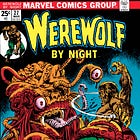


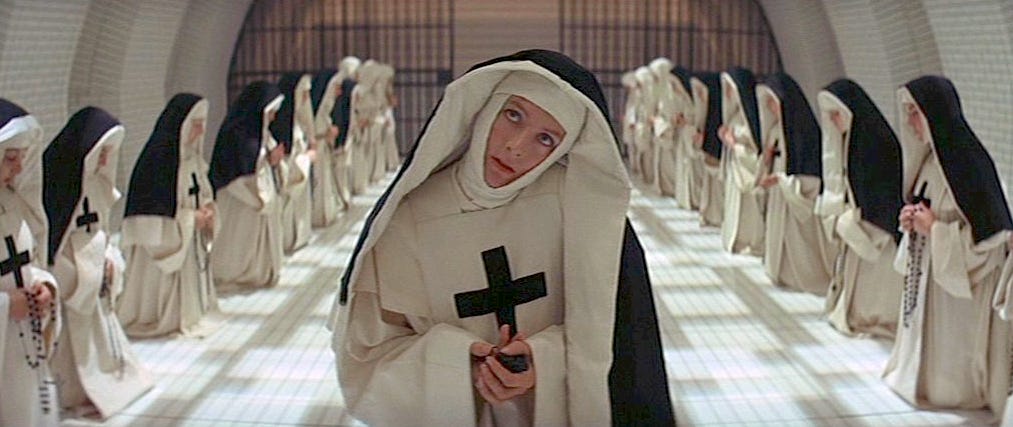
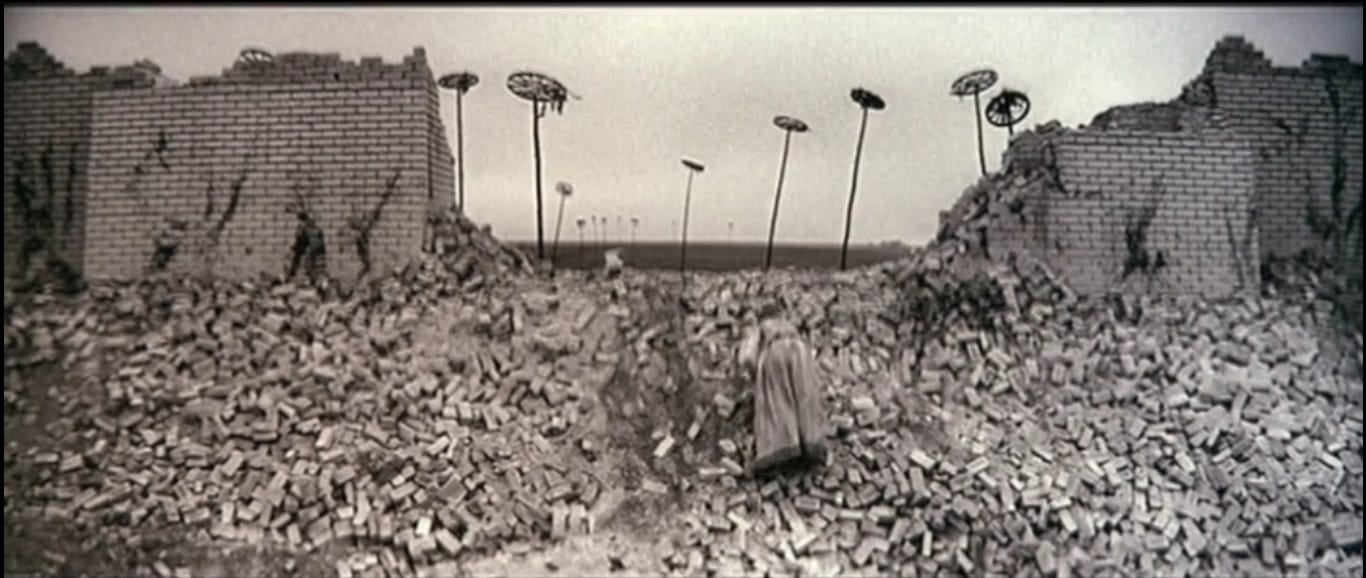
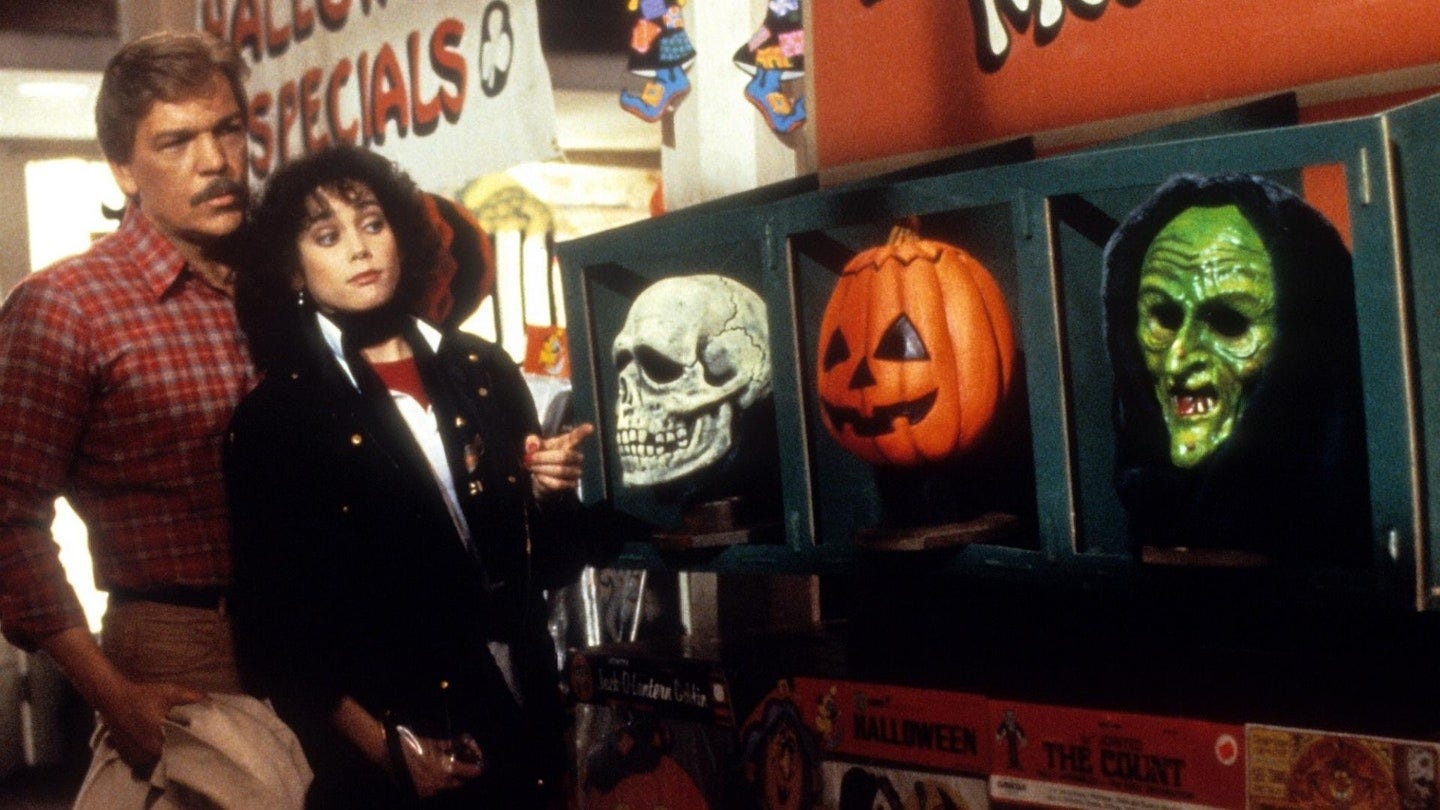
I watched the Vin Diesel short film and it was great. Thanks! I'll have to watch Halloween 3 again. I always remember it when the ice cream truck comes by.
You must be pumped that Caine is coming out of retirement for a Last Witch Hunter sequel.